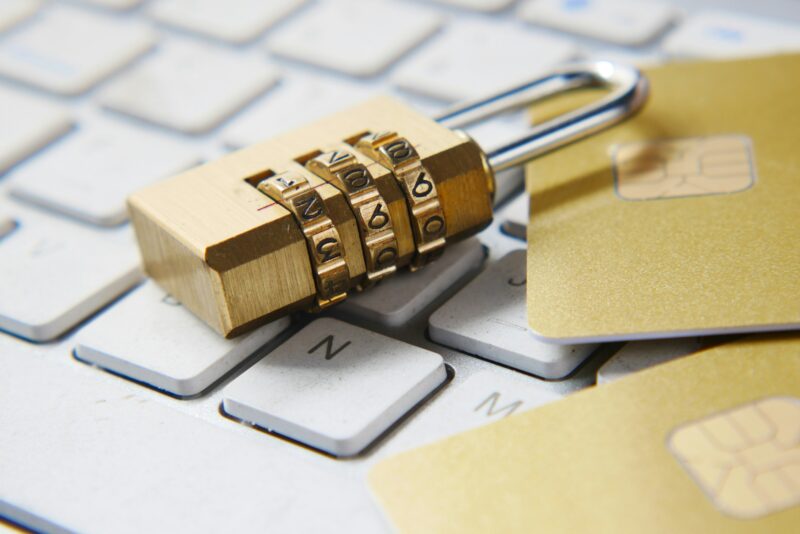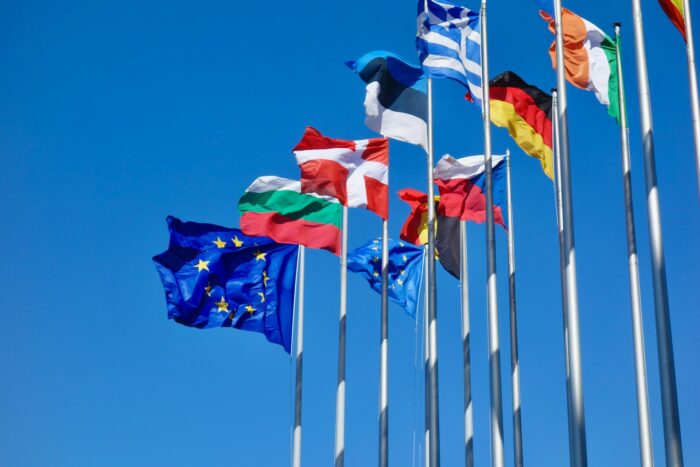It's more than just a web address. Learn how to protect your .eu domain effectively
Your domain is more than just a technical means to an end. It is the digital business card for your company, organization, or brand. Anyone with an online presence should consider design, content, and security. In Europe, where data protection standards are high, protecting your domain is an essential part of your IT security strategy. In this article, we will show you how to best protect your .eu domain.
1. SSL/TLS Certificates and HTTPS: Encryption as Standard
A valid SSL/TLS certificate encrypts the connection between the server and users, protecting sensitive data from third-party access. The "HTTPS" in the URL is a visible sign of trust for visitors, indicating that the website has an active certificate. HTTPS is now essential for any professional website for security and SEO reasons. At reg.eu, SSL certificates are included in our hosting packages.
2. DNSSEC: Protection at the Domain Level
DNSSEC (Domain Name System Security Extensions) ensures that the process by which your domain is translated into an IP address cannot be manipulated. With DNSSEC, you can protect your website against DNS spoofing and cache poisoning attacks at the domain infrastructure level. Domains registered via reg.eu support DNSSEC by default, adding an extra layer of integrity and authenticity to the European web.
3. Secure login data and strong passwords
A weak password is one of the biggest security risks, yet weak passwords are still widespread. Therefore, use complex, unique passwords, and avoid standard usernames, such as "admin." A password manager can help you create and store secure passwords.
Tip: Change your login details regularly and enable two-factor authentication (2FA) if possible.
4. Regular Backups: Your digital life insurance
Even with the best security architecture, data loss due to attacks, errors, or technical malfunctions can never be completely prevented. That's why it's essential to regularly back up your website and domain configuration. Make sure your backup routines are automated and verifiable.
5. Penetration tests: Identify vulnerabilities before others do
For companies with increased security requirements, such as those in e-commerce or those processing personal data, penetration tests by specialized professionals are recommended. These tests simulate controlled attacks to identify vulnerabilities in the infrastructure before real attackers can exploit them. This allows you to stay one step ahead of the threat situation at all times.
6. WHOIS privacy and data protection — Your data, your control
When registering a domain, certain owner data must be provided and is often publicly available via the WHOIS database. However, this is problematic, especially in the European data protection environment. With our free WHOIS privacy protection, your personal data remains anonymous. Instead of your contact details, neutral information that complies with the GDPR and does not restrict your accessibility is displayed.
Conclusion
A secure domain is the cornerstone of a stable and trustworthy web presence. A .eu domain is ideal for the European region because it offers a meaningful address and the highest security standards. These include DNSSEC, SSL certificates, and WHOIS privacy. Your domain deserves protection. Your visitors deserve security, too.






